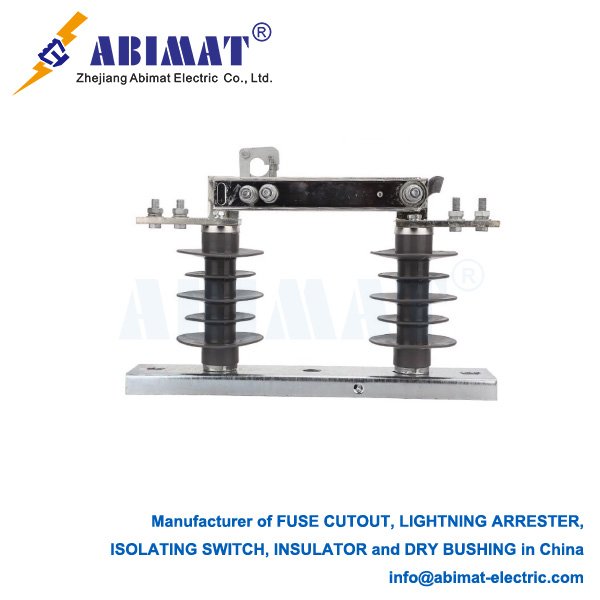Disconnector Types in Electrical Systems
A distribution arrester—also called a surge arrester—is an important protective tool in electrical distribution systems. It keeps equipment safe from sudden high voltages. These high voltages can come from lightning strikes, switch operations or other fault issues. The arrester sends dangerous surge electricity safely to the ground. This helps the system work reliably and stops damage to transformers, switchgear and other key parts.
The main part of a modern metal-oxide distribution arrester is usually zinc-oxide (ZnO) varistor blocks. These blocks have very uneven voltage-electricity traits. When the system works normally, they have high resistance. This lets only very little leaking electricity pass through. But when a sudden high voltage goes over the arrester’s limit, the varistors quickly turn to a low-resistance state. They make a path to send the surge energy to the ground. After sending the surge away, they automatically go back to the high-resistance state. Polymer cover designs are common for outdoor use. They have benefits like being light, not exploding easily and handling dirt well.

Some key things show how a distribution arrester works. Rated Voltage is the highest RMS voltage the arrester can handle non-stop. Nominal Discharge Current (In) is a standard electricity pulse—like an 8/20 µs waveform. People use it to group arresters by their discharge ability. Maximum Discharge Current (Imax) is the highest current the arrester can take without getting damaged. Voltage Protection Level (Up) is the highest leftover voltage across the arrester’s ends when it discharges a certain current. This voltage must be lower than the insulation limit of the equipment it protects.
People put distribution arresters in many places in the network. They can be on overhead power lines, near transformers or at substations. Picking the right arrester type and putting it in the correct place is key for good protection. It makes sure high voltages stay below the Basic Insulation Level (BIL) of the equipment. The arrester’s strong design needs little maintenance. It is a cheap way to protect electrical infrastructure. It makes the system more stable and stops expensive downtime.
In short, the Abimat distribution arrester is a must-have tool. It keeps electrical distribution networks healthy and reliable by stopping harmful voltage surges.


